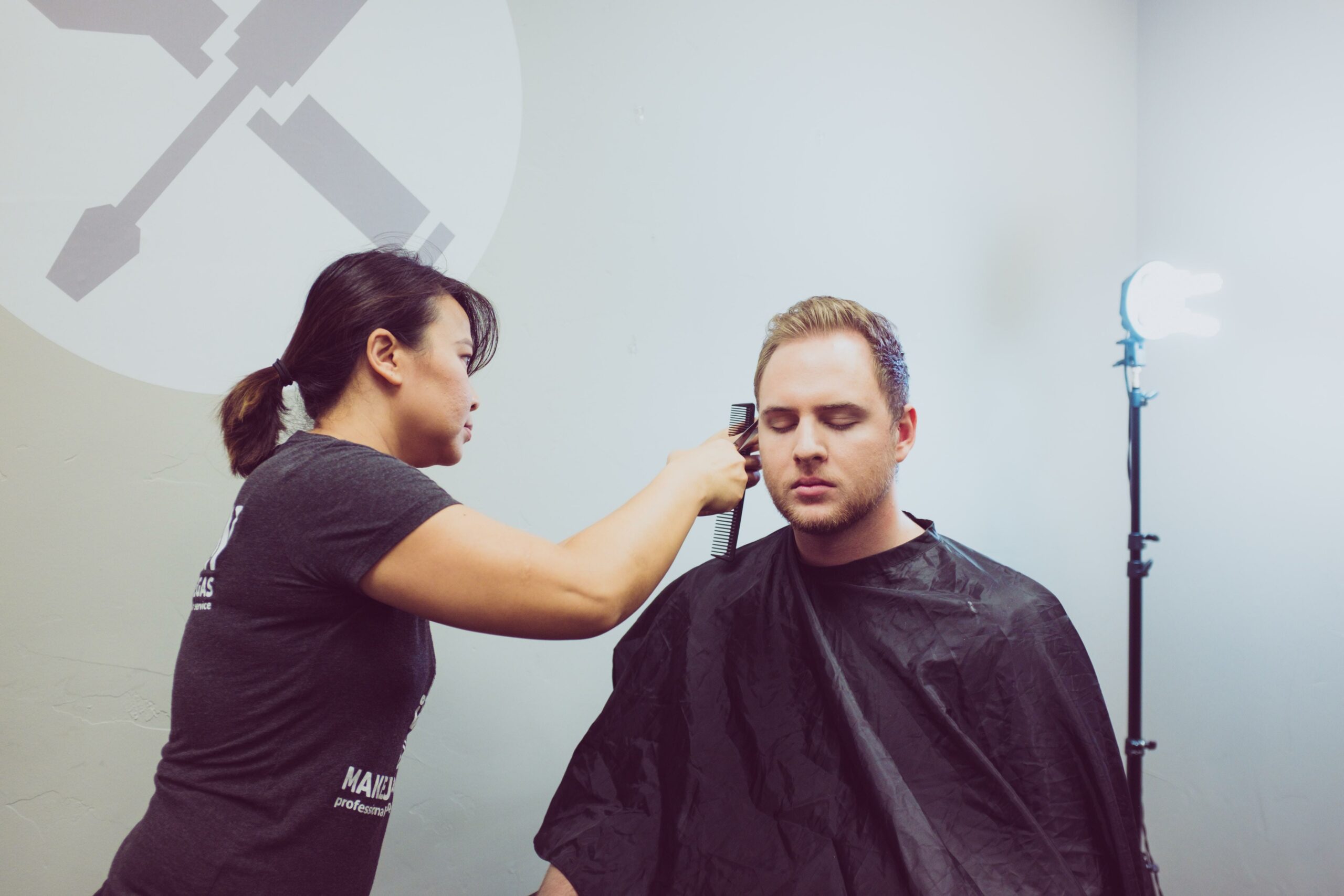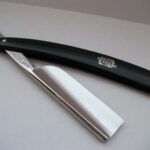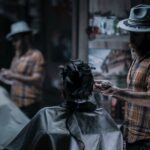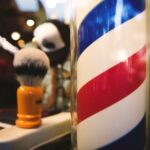Are you ready to dive into the fascinating world of barbering? Get ready to have your mind blown with some incredible and downright surprising fun facts about this timeless profession. From the secret techniques passed down through generations to the intriguing stories of barber shops around the globe, this insider’s guide will unveil the untold secrets of barbering. So sit back, relax, and prepare to be amazed as we take you on a journey through the enchanting and often unexpected history of this beloved craft. Get ready for a delightful and enlightening experience as we reveal barbering’s untold fun facts!
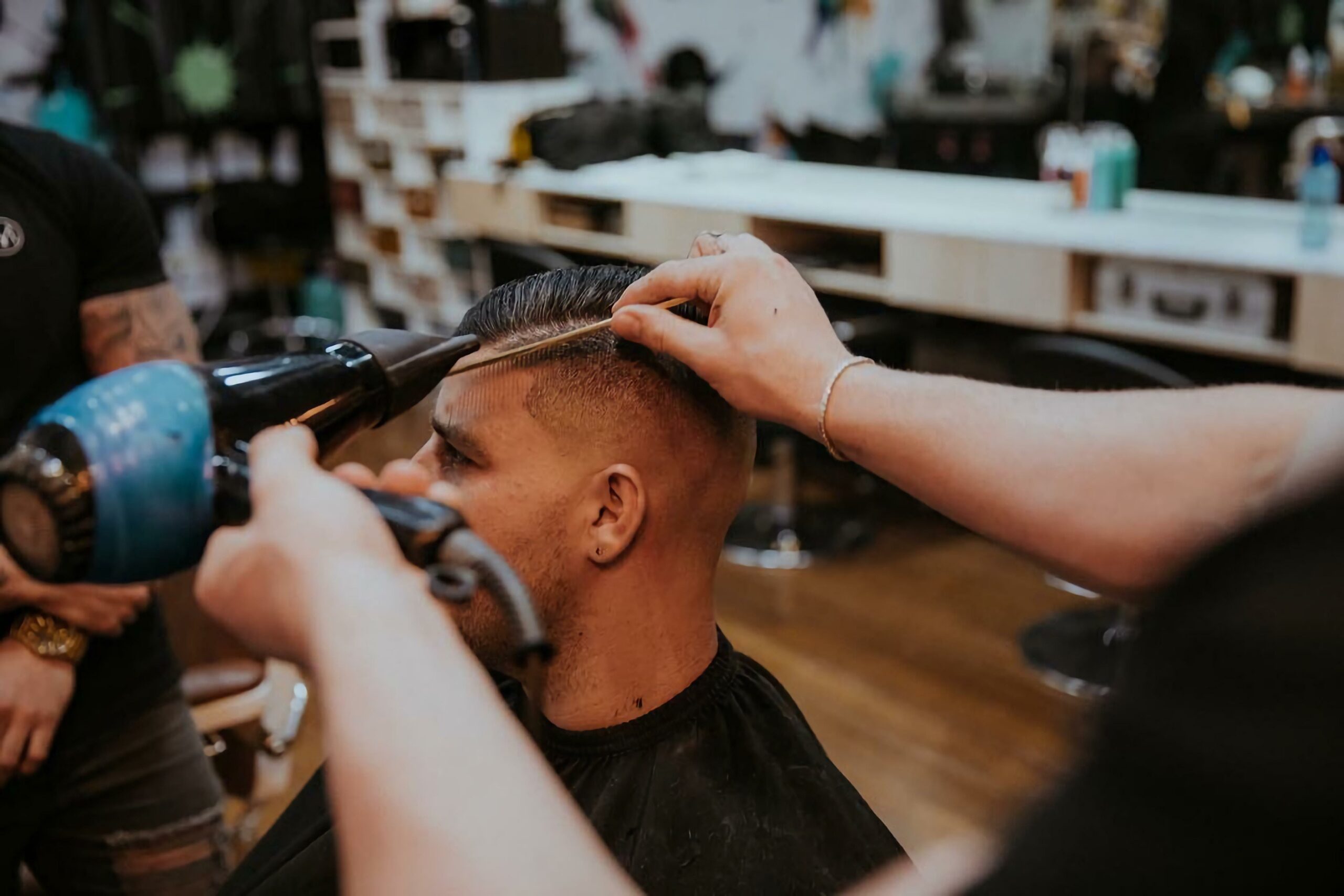
Fun Facts About Barbering
Barbering is more than just cutting hair and trimming beards. It’s an ancient profession with a rich history and countless interesting tidbits that often go unnoticed. In this article, we’ll dive into the world of barbering and uncover some fascinating fun facts that will leave you amazed. So, grab your clippers and let’s get started!
The Barber’s Pole: A Symbolic Signifier
One of the most recognizable symbols associated with barbering is the barber’s pole. Have you ever wondered why it’s red and white? Well, it turns out that this color combination has a deeper meaning. In the past, barbers used to perform not only haircuts and shaves but also minor medical procedures like bloodletting and tooth extractions. The red color in the pole represented blood, while the white symbolized bandages. Thus, the barber’s pole served as a visual indicator of the services provided by barbers, acting as an early version of a medical sign. Today, it remains a nostalgic reminder of the profession’s historical significance.
“Next time you see a barber’s pole, remember its hidden medical connotation – an intriguing link between barbers and healthcare in the past.”
The Barber Surgeon: A Unique Combination
In the medieval era, barbers had an astonishingly diverse skill set. They were not only responsible for grooming and styling hair but also acted as surgeons. Yes, you heard that right: barber surgeons! Back then, surgical procedures were performed by barbers, as they possessed knowledge of anatomy and basic medical skills. It may seem strange to imagine your hairdresser performing surgeries, but barber surgeons played a vital role in providing medical assistance to the public. Over time, the fields of barbering and surgery eventually separated into distinct professions, but the historical overlap between the two remains an intriguing fun fact.
“Imagine visiting your modern-day barber for a haircut, only to find them offering to perform a minor surgery afterwards. Barber surgeons truly had a unique combination of skills!”
The World’s Oldest Profession?
When we think of ancient professions, a barber may not be the first that comes to mind. However, barbering can actually be traced back thousands of years. Evidence of primitive shaving tools has been found in ancient Egyptian tombs, dating back as early as 3500 BC. The Egyptians, known for their grooming habits, used sharp flint blades to shave their heads and faces. Additionally, ancient Greek and Roman civilizations also had their own versions of barbers, highlighting the long-standing history of this profession. So, the next time you sit in a barber’s chair, remember that you’re partaking in a practice that has been around for millennia.
“Barbering has truly stood the test of time, dating back to ancient civilizations. It’s amazing to think about how this profession has evolved over thousands of years.”
Barbering Pioneers: The First Hairdresser
Fun fact: the first official hairdresser was a man named Marcel Grateau, also known as Marcel. He revolutionized the hairstyling industry in the late 19th century by inventing the method of curling hair using heated tongs. This technique, known as the Marcel wave, quickly became popular and paved the way for modern hairstyling. Marcel’s innovative approach to hairdressing transformed the industry and set the foundation for the countless hair trends we see today.
“Next time you style your hair, remember Marcel’s contribution to hairstyling. He was truly a pioneer in the field!”
Barbershop Quartets: The Harmonious Barbers
Perhaps one of the most charming and entertaining aspects of barbering is the tradition of barbershop quartets. Originating in the late 19th century, these musical groups consisted of four singers harmonizing without any instrumental backing. The name “barbershop” comes from the practice of barbershops being a gathering place for men to socialize and enjoy music. These barbershop quartets added an additional layer of entertainment to the already vibrant atmosphere of the barbershop. So, the next time you visit your local barbershop, imagine the harmonious melodies that could have once filled the air.
“Barbershop quartets provide a lively musical backdrop to the world of barbering, showcasing the profession’s vibrant and social nature.”
Conclusion
As we conclude this deep dive into the world of barbering, we’ve uncovered some fascinating fun facts that make this profession truly one-of-a-kind. From the symbolic barber’s pole to the historical role of barber surgeons, barbering has a rich heritage that often goes unnoticed. So, the next time you visit your barber, take a moment to appreciate the hidden stories and interesting traditions that have shaped this timeless profession.
“Barbering is more than just a haircut. It’s a window into history, a fusion of skills, and a celebration of craftsmanship. So, sit back, relax, and let your barber share their world of untold fun facts with you!”
Barbering is an art form with a rich history that dates back centuries. If you’re curious to uncover interesting and little-known facts about barbering, then prepare to be amazed! Did you know that barbers were once considered elite members of society, skilled in both haircutting and surgical procedures? Allow yourself to be transported back in time by diving into the fascinating world of barbering. Discover intriguing insights that will leave you in awe of this time-honored profession. Ready to explore? Click here to find out more about the captivating facts about barbering: facts about barbering. Don’t miss out on this opportunity to expand your knowledge and appreciation for the incredible art of barbering.
Fun facts about barbering! Did you know that the history of barbering is rich and fascinating? Discover the intriguing origins and evolution of this timeless profession by exploring the captivating world of barbering’s past. From ancient traditions to modern techniques, delve into the fascinating tale of how barbering has shaped cultures throughout history. Immerse yourself in the realm of traditional barbering tools and experience the hands-on mastery of these iconic instruments. Discover the truth behind barbering facts and myths, unraveling the secrets and misconceptions that surround this ancient art. Embark on an enlightening journey through the history, tools, and myths of barbering – join us on this exhilarating adventure by clicking here to learn more about the history of barbering, here to explore traditional barbering tools, and here to uncover the fascinating facts and myths of barbering. Prepare to be amazed by the wealth of knowledge that awaits you! history of barbering, traditional barbering tools, barbering facts and myths.
A Historical Journey of Barbering: Unveiling Ancient Traditions and Modern Transformations
[youtube v=”Nganx99kONE”]
The Evolution of Barbering: From Ancient Egypt to the Modern Barbershop
The world of barbers and hairstylists has been an integral part of our lives for over 6,000 years. Ancient Egyptians were among the first to practice the art of cutting hair as a craft, meticulously trimming the square-cut beards of the Pharaohs. Today, barbers are entrusted with shaping the square cuts on top of men’s heads.
Over time, the concept of barbering has evolved. The modern barbershop of today bears little resemblance to the traditional tonsorial parlor of the past. However, the essence of a barber’s work remains unchanged. They not only provide grooming services but also play a pivotal role in calming the concerns of young, hesitant customers. As a tree is rooted, every customer who steps under the striped barber cloth becomes wrapped in the rich tradition that has surrounded barbers and their shops since the days of ancient Greece.
The Beauty Salon: Empowering Women’s Transformation
For women, beauty salons hold more significance than just being feminine counterparts to barbershops. These sanctuaries are where they can be transformed from the ordinary to the extraordinary, where natural beauty is developed and accentuated. A woman’s journey towards enhanced attractiveness often begins in the hands of a hairstylist – an artist capable of translating individuality into a coiffure with swift, skillful strokes. The hairstylist communicates precise instructions to an assistant, creating an experience tailored to suit the customer’s mood, the season, and the unique features of their face.
Throughout history, beauticians have grown from serving courts of royalty to becoming an intrinsic part of everyday American life. The art of beautification is mastered through hands-on apprenticeships, where beauticians refine their skills under the guidance of seasoned stylists. As experts in skincare and facial structure, their fingers move with artful rhythm, performing beauty magic that enhances their customers’ features.
The Making of a Barber: From Training to Mastery
Barbering as a profession has undergone transformative changes. Where once a young man would learn by observation and practice, today, most states require aspiring barbers to receive formal education and pass examinations before obtaining their licenses. Apprenticeships under established barbershops no longer suffice. The journey from an apprentice to a journeyman barber is marked by intense schooling and a meticulous examination process.
Licensed barbers eventually have the opportunity to open their own shops, continuing the tradition of training the next generation of apprentices. As in any craft, mastery comes with experience, dedication, and a deep understanding of one’s customers.
The Power of Transformation: Unleashing the Beauty Within
The impact of changing a hairstyle on a young girl’s appearance is simply remarkable. In the hands of an experienced beautician, a little girl’s look can be transformed from innocence to sophistication with quick and precise cuts of scissors and comb. A visit to the beauty shop for both mother and daughter has become as customary as the timeless tradition of father and son bonding at the barbershop.
While barbershops remain exclusive men’s domains, women’s haircuts were initially performed there before beauty shops opened. However, the sign of a union shop symbolizes good barbering today, just as personalized shaving mugs did in the vibrant 90s. Along with the passing of the shaving mug and mustache wax, the golden era of barbershop quartets also dissipated, once adding harmonious entertainment to the social atmosphere of barbershops.
Redefining Vanity: The Relevance of Personal Appearance
It’s important to acknowledge that men aren’t immune to vanity. As members of a civilized society, we are equally concerned with our appearance before others. Over time, fashion and style have evolved, with men abandoning elaborate haircuts and wigs in favor of convenient shortcuts that require less time and effort. Barbers and fathers work together to shape young boys’ hair, guiding it to grow in a manner that complements their unique features as they mature.
On the other hand, women possess the flexibility to experiment with a myriad of hairstyles, ranging from very long to short and everything in between. This versatility allows them to present endless varieties of styles to captivate their admirers. A skilled stylist can work wonders, changing the shape of hair to highlight specific features and completely transform a customer’s appearance. It is in this ability to tailor haircuts to suit individual personalities that the distinction between a hair cutter and an artist lies.
Embracing Transformation: The Impact of a Fresh Haircut
One cannot underestimate the power of a haircut, especially when considering the joy it brings to a young boy’s face when he steps down from the barber’s chair. While as children, we may question the purpose of haircuts since our hair always grows back, the anticipation of meeting one’s best girl makes the effort worthwhile. As one astute individual once said, “A haircut can change your look, but it can also change your outlook.”
In conclusion, the timeless profession of barbering and hairstyling carries a rich tapestry of history, unique skill sets, and fascinating traditions. It is a craft that has shaped civilizations, transformed appearances, and instilled confidence. By recognizing the journey from ancient Egypt to the modern barbershop and beauty salon, we can appreciate the transformative power that lies in the hands of these talented individuals.
“Barbering is not merely about grooming; it is an art that weaves stories through scissors, transforming lives one haircut at a time.”
FAQ
Q: What are some interesting historical facts about barbering?
A: Barbers have a long and fascinating history, dating back thousands of years. Did you know that in ancient Egypt, barbers were highly respected and even held religious significance? They were responsible for not only grooming, but also performing ritualistic haircuts for religious ceremonies.
Q: Are there any unique techniques used in barbering?
A: Absolutely! One interesting technique is called “cupping,” which originated in ancient China. Barbers would use small glass cups and heat them with fire before placing them on the skin. The heat created a vacuum effect, helping to improve blood circulation and promote healing.
Q: What role did barbers play in medieval times?
A: During the Middle Ages, barbers performed a wide range of tasks beyond just haircuts. They were also skilled in performing surgical procedures, such as bloodletting and tooth extractions. In fact, the red and white striped barber pole symbolizes these connections to early medical practices.
Q: Are there any famous barbers throughout history?
A: Absolutely! One notable example is Alexander Miles, an African American barber and inventor. In 1887, he patented an automatic elevator door system, revolutionizing the safety and convenience of elevators.
Q: How has barbering evolved over time?
A: Barbering has transformed significantly throughout the centuries. From the rise of modern barbershops in the early 20th century to the recent popularity of intricate facial hair designs, such as the booming trend of beard shaping, barbering continues to evolve as both an art form and a thriving industry.
- Unveiling the Enigma: Mansoureh Khojasteh Bagherzadeh’s Public Appearances & Private Life in Iran - July 18, 2025
- Unveiling the Mystery: Mansoureh Khojasteh Bagherzadeh’s Husband: A Rare Glimpse into a Private Life - July 18, 2025
- Unveiling Masoud Khamenei’s Mother: Power, Influence, and Iran’s Future - July 18, 2025
